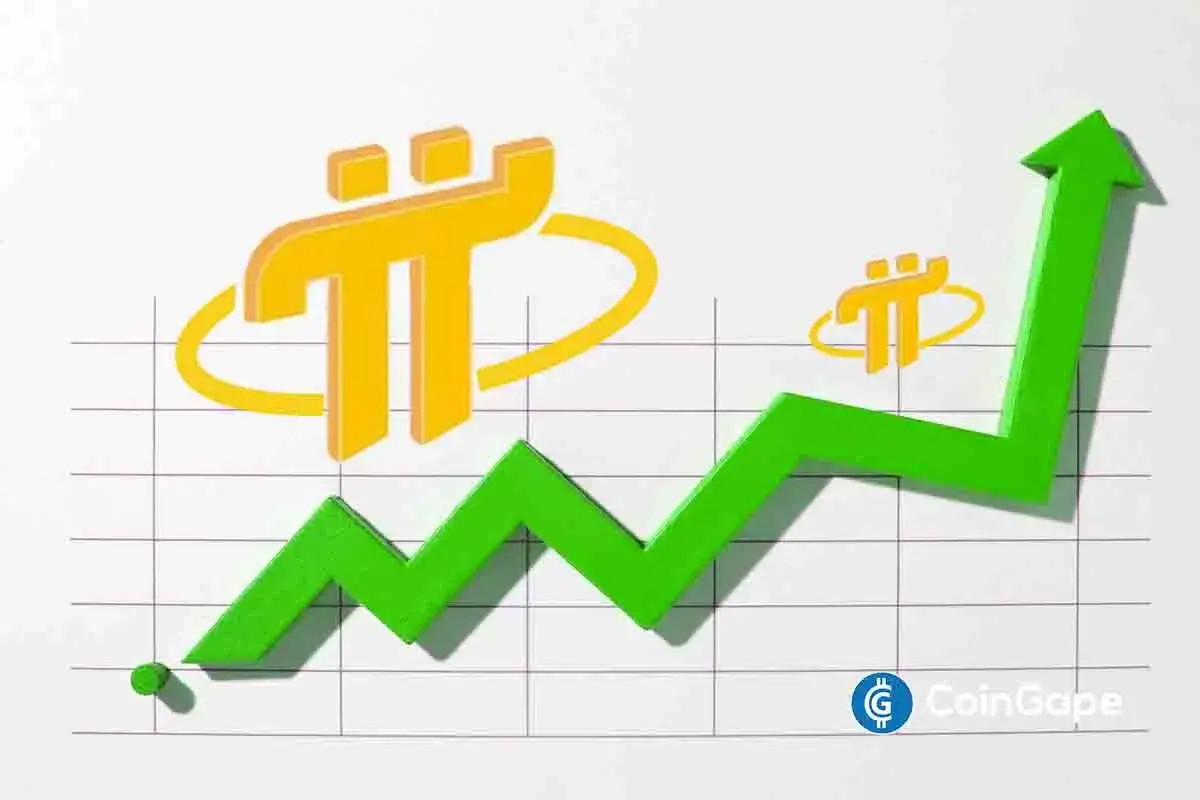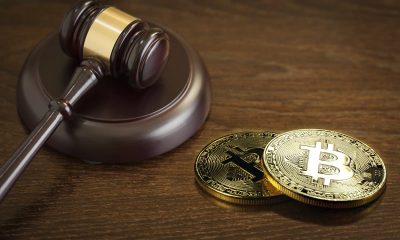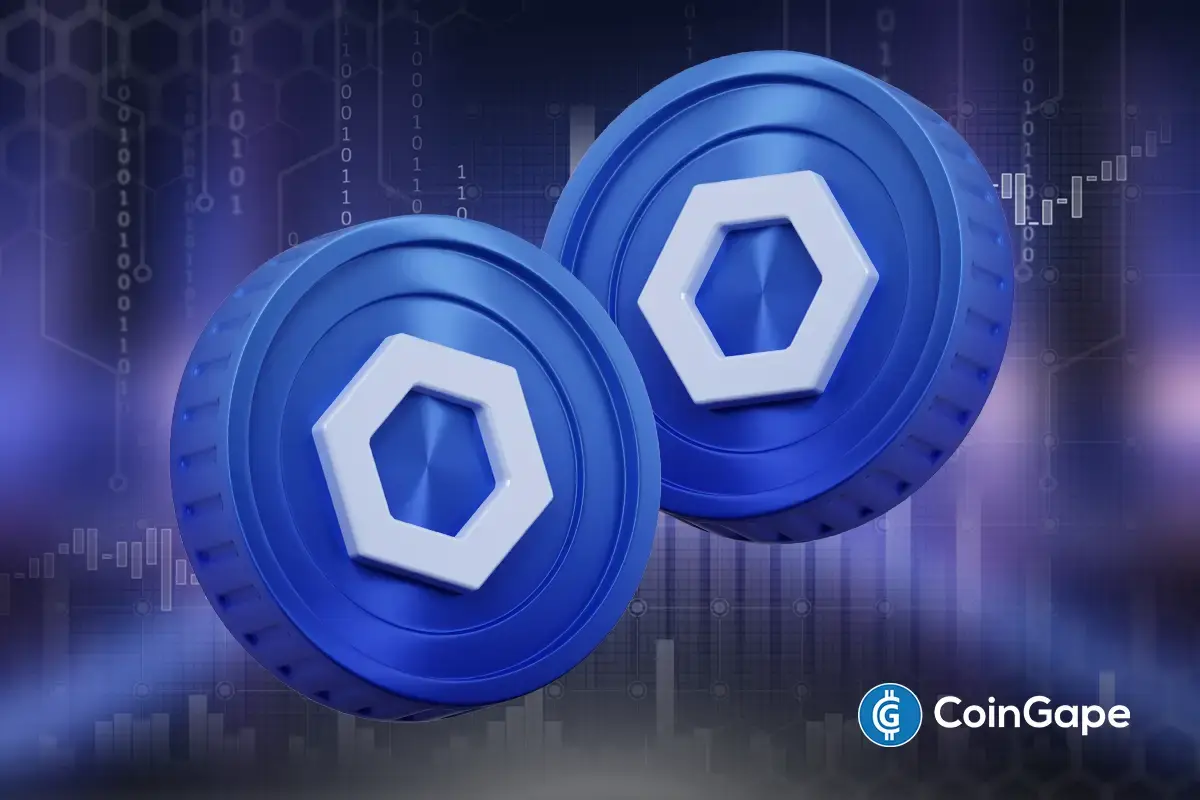Market
DePIN Set to Surpass Centralized Networks in Next 15 Years
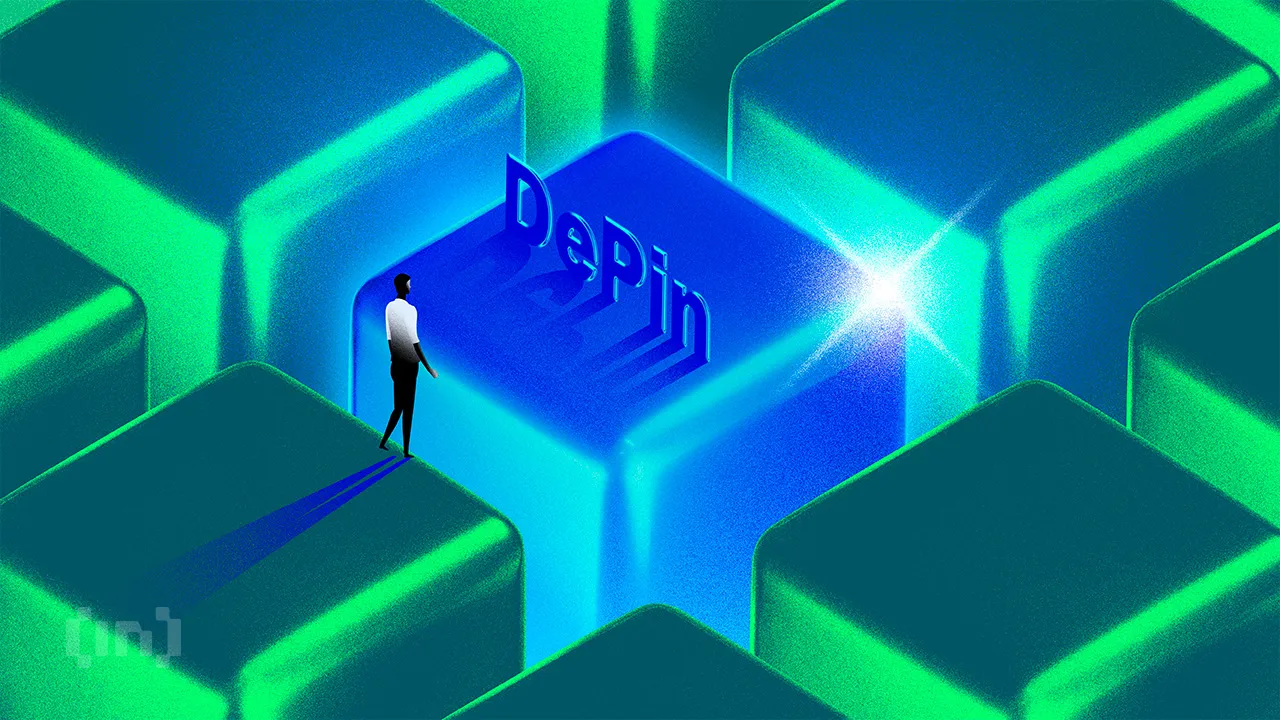
The telecommunications industry faces several challenges, including the need for continuous infrastructure upgrades, rising service costs, and limited coverage in rural areas. As a result, many customers are exploring alternative options that ensure accessible and reliable connectivity.
Decentralized Physical Infrastructure Networks (DePINs) have emerged to remedy the issues posed by traditional telecommunications companies. BeInCrypto spoke with industry experts from Huddle01, Impossible Cloud Network, and Aethir to understand how DePINs lower the access barriers to connectivity by employing blockchain technology.
The Rise of DePIN Networks
Traditional telecommunications industries have relied on large infrastructure to provide internet access nationwide. Because of their large-scale nature, these projects require significant capital.
As a result, governments and large companies have traditionally been in charge of managing such resources.
DePINs were designed to change this approach by allowing for the decentralization of these networks. They leverage distributed ledgers and token incentives to build and maintain a decentralized and far-reaching infrastructure.
Providers receive tokens as rewards for continuing to provide services in the real world. The entire process is automated through smart contracts, allowing hardware interconnectivity, executing complex transactions, and managing rewards.
“DePINs fundamentally rethink how communication networks operate by leveraging decentralization and community participation. They use a network of distributed nodes contributed by the participants so the service can scale dynamically as more participants join. DePINs are also highly economical because they utilize underutilized resources like bandwidth and storage from everyday users,” explained Ayush Ranjan, Co-Founder & CEO at Huddle01.
Market sentiment and overall adoption seem to agree with DePINs’ utility.
A Promising Future for Decentralized Telecommunications
According to a Messari report, DePIN revenue reached over $500 million in 2024, a 100x increase from 2022.

Per the report, the number of active DePIN projects nearly doubled last year. DePIN tokens now represent 5% of the total cryptocurrency market cap, and over 13 million devices worldwide contribute to DePIN operations daily.
Experts across the industry expect this growth to continue.
“Because of this model, DePIN has the potential to outgrow centralized networks like Google, Microsoft and Facebook by 100s, if not 1000x in the next 15 years. It might not be as flashy and exciting as memecoin trading, but it completely changes the game,” predicted Kai Wawrzinek, CEO and Co-Founder of Impossible Cloud Network (ICN), a decentralized multi-service cloud platform.
Today, the DePIN industry boasts a market capitalization of nearly $23.3 billion and over $2 billion in trading volumes. According to CoinGecko data, Bittensor, Render, Filecoin, Theta Network, and The Graph are among the projects leading the current ranking.

The increase in decentralized telecommunications options reflects a greater need for fairer and more inclusive approaches to internet connectivity.
Driven by the ever-increasing demand for connectivity, the telecom industry faces heightened pressure to innovate. However, current network models, often characterized by vertical integration, struggle to meet this demand.
“Traditional centralized telecom models are expensive, slow to expand, and don’t consistently offer equal access. Within this traditional model, a few major companies control the infrastructure, which allows them to keep pricing high and often limits competition. Additionally, expanding coverage requires significant investment and time, ultimately leaving some areas underserved,” said Kyle Okatomo, Chief Technology Officer at Aethir, a decentralized GPU cloud infrastructure project.
This centralized model tends to monopolize service provision and inherently generates more inequality for areas with smaller populations or limited infrastructure.
“Centralized telecom providers tend to prioritize profitable urban areas, leaving rural and remote regions underserved. This became especially apparent during the pandemic when remote schooling peaked, and students in rural areas struggled with connectivity,” Ranjan told BeInCrypto.
Their concentrated power makes telecom providers more susceptible to targeted security attacks.
“Centralization often means data is stored in one place. This creates a huge single point of failure risk and often leads to breaches– just think of the AT&T hack last year that resulted in leaked data for 73 million customers,” added Wawrzinek.
Given these limitations, many telecommunications companies face increased competition from DePIN projects.
Empowering Communities Through DePINs
For Wawrzinek, the mission behind every DePIN project focusing on telecommunications improvement is simple:
“DePIN is about taking control away from one centralized entity and distributing it among the community– literally giving power back to the people,” he said.
The decentralized infrastructure provided by DePINs offers a clear Web3 use case, utilizing various technologies to connect service providers with end users. This decentralization helps make services more cost-effective and faster.
“DePINs expand internet access by decentralizing and democratizing critical infrastructure, moving beyond the limitations of discrete traditional centralized models. Said plainly, centralized networks are discrete, whereas decentralized networks can easily and quickly expand via community-based ownership and contribution. This creates a more flexible, cost-effective, and widely accessible alternative,” Okatomo told BeInCrypto.
By empowering communities to set up their own hotspots or internet service providers (ISPs), DePINs facilitate the creation of small local networks that others can access. Users pay for bandwidth, and providers receive payments directly.
In its latest report, Messari highlighted how DePIN projects like Helium Mobile, DAWN, and WiFi Map use tokenized models to simplify and improve internet connectivity.
“Helium allows users to run nodes to provide decentralized wireless access and earn tokens in return, DAWN on Solana turns users into localized ISPs, and WiFi Map rewards global WiFi sharing,” Wawrzinek explained.
These models encourage active participation from service providers and consumers, as everyone collaborates to ensure the infrastructure functions effectively.
“By contributing, they essentially own a part of the network. Unlike traditional systems where ownership typically requires payment, DePINs operate on a model where ownership is earned through contributions, with earning becoming a byproduct of participation,” Ranjan added.
Coordinated efforts with policymakers will be required to support the continued growth of the DePIN sector.
Addressing Regulation in the DePIN Sector
As DePIN projects continue to develop, they have begun to draw institutional recognition for their potential. Last November, the Harvard Business School decided to teach Helium Mobile’s DePIN strategy as part of its strategy curriculum.
While DePIN networks gain more acceptance, the issue of regulation within the sector is becoming increasingly important.
“Clear regulations that encourage investment and security can help foster growth within the DePIN ecosystem. They should also ensure that network flexibility remains intact while addressing concerns from both enterprises and consumers. Additionally, promoting collaboration across sectors along with independent, controlled testing helps regulators develop informed policies while proactively managing risk to build trust and stability within the community,” Okatomo told BeInCrypto.
Some industry experts in the United States emphasized the importance of avoiding one-sided discussions and adopting an open-minded approach to foster effective communication between regulators and DePIN leaders.
Three days before leaving office, former US Securities and Exchange Commission (SEC) Chair Gary Gensler sued Nova Labs, the developers behind the Helium Network.
The lawsuit claims Nova Labs defrauded its customers while breaching federal securities and regulations. The allegations focus on the company’s hotspot devices, which they have sold since 2019.
“Regulation is important for DePIN, but it needs to be thoughtfully implemented. For example, the SEC’s recent lawsuit against Helium is just not productive. Regulators need to understand DePIN business models and not just demonize anything to do with crypto. We do need clear regulations around tokenomics, data privacy, infrastructure deployment…we don’t need year-long lawsuits that make all innovation grind to a standstill. I’m all for an open dialogue between DePIN and regulators– and, in fact, I don’t believe we can grow without it. But, until now, it’s been a one-sided conversation, and that needs to change,” Wawrzinek told BeInCrypto.
In addition to improving dialogue with regulators, DePIN experts also plan to focus on other areas for improvement.
Overcoming Challenges in DePIN Adoption and Expansion
Leaders in the DePIN industry underscore the need for improved educational resources to responsibly educate society on DePIN use cases and drive broader adoption.
“The technical aspects of DePIN can be daunting for new users, which can make onboarding confusing,” said Ranjan.
To that point, Wawrzinek added:
“A bigger challenge is, perhaps, to do with the overall understanding and perception of web3 and crypto. There’s still a certain level of mistrust and a lack of education, but also many web2 companies –our clients included– don’t really want to get involved with crypto directly.”
The fact that limited regulations currently exist surrounding DePIN can also affect their stability.
“DePINs operate in a decentralized environment, often leading to unclear or nonexistent regulations. This lack of oversight can have major consequences for the security and stability of DePIN networks, especially in heavily regulated industries like electricity and telecommunications,” Ranjan told BeInCrypto.
He also pointed to scalability and efficiency as two aspects that must be closely monitored alongside DePIN expansion.
“As DePIN networks grow, the volume of transactions increases, potentially overwhelming current blockchain infrastructures and leading to performance issues,” he said.
Some projects like Huddle01 have explored and deployed Layer-3 blockchain solutions to enhance scalability.
Addressing these limitations while leveraging DePINs’ advantages could drive widespread adoption and create strong competition for established telecommunications giants.
DePIN Beyond Telecommunications
DePINs’ prospects seem very bright, and the presence of these networks extends far beyond the telecommunications industry. Several established projects tackle other issues related to energy grids, supply chain logistics, and identity solutions.
Some have started to employ artificial intelligence to improve operational efficiency, while use cases have extended to game developers, marketing agencies, and retailers.
“DePIN has the potential to replace existing systems and make them far better. It’s not just the internet –DePIN has wide applications across GPU computing, AI, gaming, you name it. There is still work to be done– especially when it comes to interoperability, without which DePIN projects are just operating in silos. But, if we do this right, we get a decentralized ecosystem where the individuals benefit –not the corporate giants– and it’s the corporations that will need to adapt. I really look forward to seeing that future,” Wawrzinek concluded.
If DePINs can overcome their current hurdles, they could usher in a new era of decentralized innovation with benefits that extend far beyond telecommunications.
Disclaimer
Following the Trust Project guidelines, this feature article presents opinions and perspectives from industry experts or individuals. BeInCrypto is dedicated to transparent reporting, but the views expressed in this article do not necessarily reflect those of BeInCrypto or its staff. Readers should verify information independently and consult with a professional before making decisions based on this content. Please note that our Terms and Conditions, Privacy Policy, and Disclaimers have been updated.
Market
Despite an 18% Drop, XRP’s Exchange Supply Hits Lows—Bullish Setup Ahead?

Reason to trust

Strict editorial policy that focuses on accuracy, relevance, and impartiality
Created by industry experts and meticulously reviewed
The highest standards in reporting and publishing
Strict editorial policy that focuses on accuracy, relevance, and impartiality
Morbi pretium leo et nisl aliquam mollis. Quisque arcu lorem, ultricies quis pellentesque nec, ullamcorper eu odio.
XRP has been trading under pressure in recent weeks, losing much of the momentum it built during its late 2024 to early 2025 rally. After reaching highs above $3.40, the asset has experienced an 18.3% decline over the past month, reflecting broader market softness.
At the time of writing, XRP trades significantly below its peak at a price of $2.06, with subdued investor activity and falling market participation across both spot and derivatives markets.
Related Reading
XRP On-Chain Activity Slows, But Price Remains Relatively Stable
Amid XRP’s decline, a CryptoQuant analyst known as EgyHash has recently shared his analysis on the altcoin in a post titled, “XRP’s Market Paradox: With Ledger Activity Dipping 80%, Is a Rebound on the Horizon?”
According to EgyHash, XRP’s on-chain and futures market data presents a mixed picture—declining activity but resilience in price. EgyHash noted that XRP Ledger activity has fallen sharply since December, with the percentage of active addresses down by 80%.
Similar declines have been observed in the futures market, where open interest has dropped roughly 70% from its highs, and funding rates have occasionally turned negative.

He added that the Estimated Leverage Ratio, which gauges average user leverage by comparing open interest to coin reserves, has also dropped significantly.
Despite these indicators pointing to weakening momentum, the altcoin’s price has only declined about 35% from its peak. This is a milder correction compared to other assets such as Ethereum, which has fallen roughly 60% over the same period.
Additionally, the altcoin’s Exchange Reserve has continued to decline, reaching levels last observed in July 2023. Lower reserves typically suggest that fewer tokens are available for immediate sale, a factor that can help support prices during market downturns.

According to EgyHash, this trend, along with relatively stable pricing, could indicate growing long-term confidence in the asset.
Institutional Developments Could Strengthen Market Sentiment
While on-chain metrics remain a focus, institutional developments may also play a role in shaping XRP’s future trajectory. Hong Kong-based investment firm HashKey Capital recently announced the launch of the HashKey XRP Tracker Fund—the first XRP-focused investment vehicle in Asia.
Backed by Ripple as the anchor investor, the fund is expected to transition into an exchange-traded fund (ETF) in the future. The initiative is designed to attract more institutional capital into the XRP ecosystem.
HashKey Capital is launching Asia’s first XRP Tracker Fund—with @Ripple as an early investor.
This marks a major step in expanding institutional access to XRP, the third-largest token by market cap. 🧵👇
— HashKey Capital (@HashKey_Capital) April 18, 2025
HashKey Capital has also indicated that this collaboration with Ripple could lead to further projects, including tokenized investment products and decentralized finance (DeFi) solutions.
Related Reading
Vivien Wong, a partner at HashKey, emphasized the strategic value of integrating Ripple’s network with regulated investment infrastructure across Asia.
Although the altcoin faces near-term pressure, long-term developments, including decreasing exchange reserves and rising institutional interest, may support its recovery as the broader market stabilizes.
Featured image created with DALL-E, Chart from TradingView
Market
Matchain’s Petrix Barbosa Talks the Future of Digital Identity
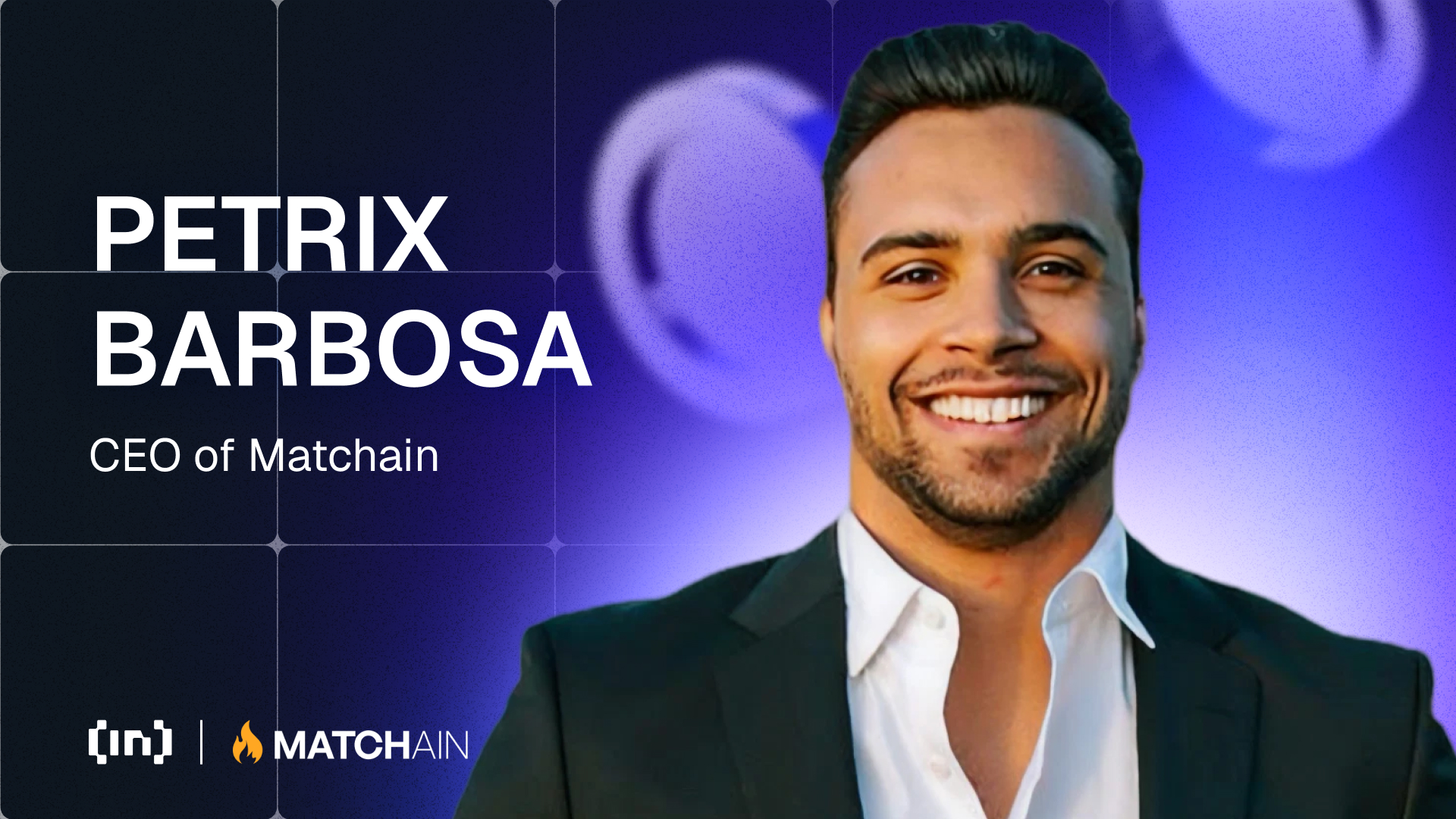

In an engaging session during Paris Blockchain Week, BeInCrypto caught up with Petrix Barbosa, the innovative mind behind Matchain, a blockchain venture that’s reshaping how digital identity and data sovereignty are approached.
Barbosa, who transitioned from a successful career as a venture capitalist, where he managed investments across 250 projects, brings a wealth of experience and a unique perspective to the blockchain landscape. Petrix Barbosa’s insights reveal a compelling vision for the future of blockchain, focusing on user empowerment and innovative use of technology to solve enduring problems in digital identity and data management.
Petrix Barbosa Discusses Matchain and its Mission
Matchain is a layer 2 blockchain platform that primarily addresses the challenges of identity and data sovereignty. Our mission is to empower users by giving them control over their digital identities and data, thus ensuring that they’re the primary beneficiaries of their online presence.
Barbosa on His Pivot from Venture Capital
In my time as an investor, I witnessed many great ideas fail to reach their potential due to the lack of a substantial user base or poor market timing. This inspired me to transition from funding projects to creating a platform that not only serves my vision but also provides tangible solutions to widespread issues in the blockchain community—primarily, user engagement and application.
Matchain’s Innovations in the Area of Identity Sovereignty
Matchain introduces a novel approach to managing digital identity. Unlike traditional models where user data is siloed across various platforms, Matchain allows users to have a single digital identity that spans across both Web2 and Web3. This is crucial for enabling a seamless transition and interaction between these two worlds.
How Matchain Integrates Existing Web2 Infrastructure
Our platform acts as a bridge between the decentralized ecosystem of Web3 and the more traditional Web2 infrastructure. By allowing users to manage their digital identities across both platforms, we facilitate a smoother interaction that enhances user experience while maintaining high security and trust.
Future Developments From Matchain
Looking ahead, we aim to expand our user base significantly. Currently, we are backed by strategic partnerships, like the one with Paris Saint-Germain, which not only broadens our exposure but also integrates our technology into mainstream applications.
In the next two years, we plan to onboard millions of users, leveraging our innovative solutions to enhance their digital interactions.
Barbosa on Unique Challenges in Developing Matchain
The biggest challenge was shifting the focus from simply creating a blockchain solution to ensuring it was user-centric and capable of addressing real-world problems. This involved integrating AI to manage and analyze data effectively, ensuring that our platform could deliver personalized and contextually relevant experiences to users.
Matchain Over the Next Five Years
In five years, I envision Matchain at the forefront of blockchain technology, leading the charge in digital identity management and data sovereignty. Our platform will likely become a critical tool for users and companies looking to navigate the complexities of the digital age securely and efficiently.
Disclaimer
In compliance with the Trust Project guidelines, this opinion article presents the author’s perspective and may not necessarily reflect the views of BeInCrypto. BeInCrypto remains committed to transparent reporting and upholding the highest standards of journalism. Readers are advised to verify information independently and consult with a professional before making decisions based on this content. Please note that our Terms and Conditions, Privacy Policy, and Disclaimers have been updated.
Market
Base Launches Strong, But Content Coins Draw Doubt

Content Coins are a new trend gaining attention in the crypto space, especially on Base. They are positioned as digital content with value driven by culture and virality. Supporters see them as a new form of expression.
Critics say they’re just meme coins with a different name. Base is pushing the idea forward, hoping it helps the chain stand out from the rest.
Are Content Coins Really Different From Meme Coins?
Content coins are a new concept gaining traction within crypto communities, especially on Base chain. According to Base founder Jesse Pollak, a content coin “represents a single piece of content,” with the core idea being that the coin is the content and the content is the coin — no more, no less.
These tokens are often created in a specific context, either on platforms like Zora.
Essentially, creators design them to function as standalone pieces of digital content, driving the token’s value through cultural impact, virality, or meme-worthiness—rather than any utility or fundamental backing.

Despite the growing popularity of the term, not everyone is convinced. User Kash (@kashdhanda) dismissed the label, saying, “contentcoins are a silly name for memecoins”. He also pointed out that “memecoins are actually closer to financial content than they are to finance.”
David Tso (@davidtsocy), who works at Base, brings a more supportive spin, comparing content coins to “Instagram posts and TikToks that show their value in real time.”
Is Base Is For Everyone Just Another Meme Coin?
Base is for everyone was the first content coin officially launched and promoted by Base. It made an explosive debut, with a market cap nearing $18 million within its first few hours.
Shortly after its peak, the token plummeted nearly 75%. Since then, it has shown signs of recovery, with its market cap now hovering around $9.6 million.
The coin has gained significant traction in terms of activity, currently boasting nearly 21,000 holders, over 29,000 transactions in the last 24 hours, and a daily trading volume close to $9 million.

Base is using this momentum to push a broader narrative: that all content should live on-chain. Base is actively leveraging this philosophy, framing content coins as a new form of internet-native expression where each token represents a piece of digital culture stored permanently on the blockchain.
Yet, despite this push, Base is for everyone remains the only content coin to break out meaningfully—most others haven’t crossed the $100,000 market cap threshold. While the concept aims to separate itself from typical meme coins by embedding value in cultural relevance rather than pure speculation, many remain unconvinced.
Critics argue that content coins are merely meme coins in new packaging. Still, if the trend takes off, it could position Base to outperform other chains like Solana. It would do this by capturing this narrative and driving unique user activity to its ecosystem.
Disclaimer
In line with the Trust Project guidelines, this price analysis article is for informational purposes only and should not be considered financial or investment advice. BeInCrypto is committed to accurate, unbiased reporting, but market conditions are subject to change without notice. Always conduct your own research and consult with a professional before making any financial decisions. Please note that our Terms and Conditions, Privacy Policy, and Disclaimers have been updated.
-

 Market23 hours ago
Market23 hours agoBitcoin Price Gears Up for Next Leg Higher—Upside Potential Builds
-
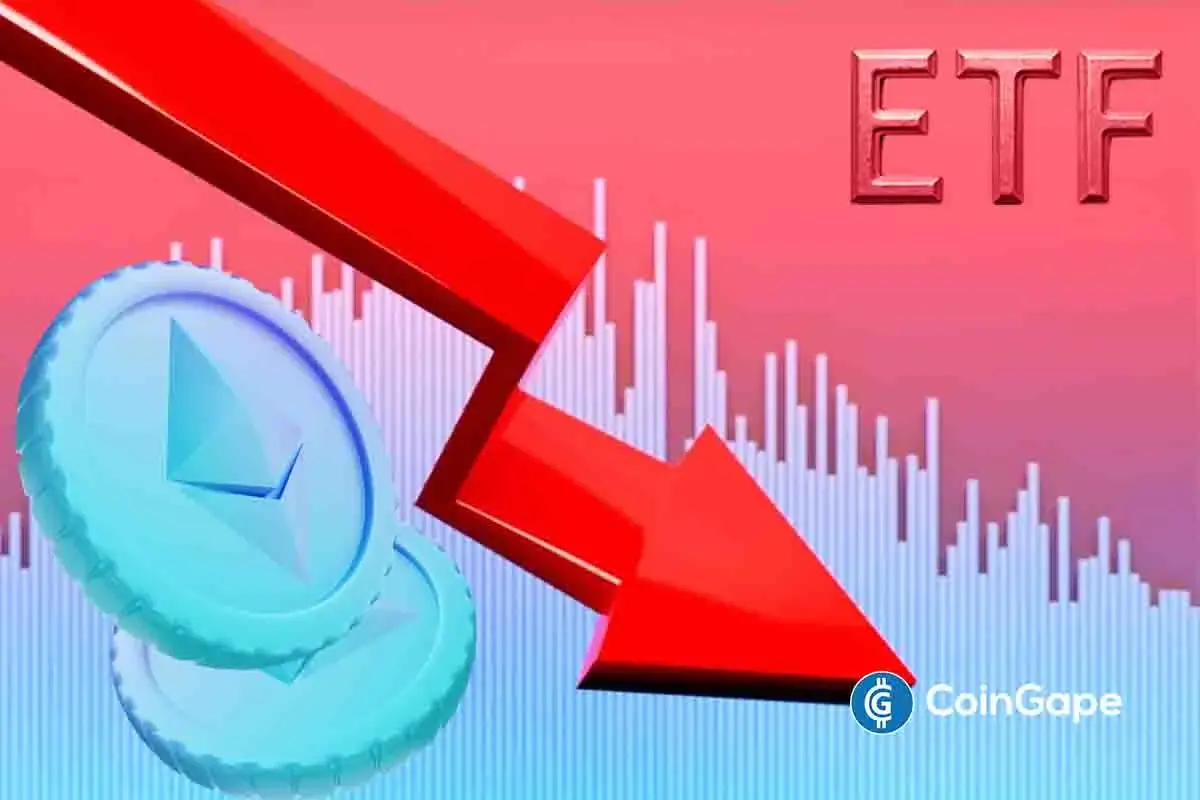
 Altcoin18 hours ago
Altcoin18 hours agoEthereum ETFs Record $32M Weekly Outflow; ETH Price Crash To $1.1K Imminent?
-
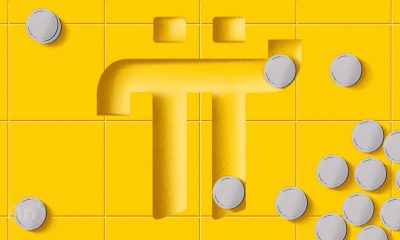
 Market10 hours ago
Market10 hours agoPi Network Roadmap Frustrates Users Over Missing Timeline
-

 Market9 hours ago
Market9 hours agoSolana (SOL) Price Rises 13% But Fails to Break $136 Resistance
-

 Market21 hours ago
Market21 hours ago100 Million Tokens Could Trigger Decline
-

 Market18 hours ago
Market18 hours agoCZ’s Plan to Streamline BNB Staking Could Boost DeFi
-

 Market11 hours ago
Market11 hours agoMEME Rallies 73%, BONE Follows
-

 Ethereum17 hours ago
Ethereum17 hours agoEthereum Price Stalls In Tight Range – Big Price Move Incoming?


